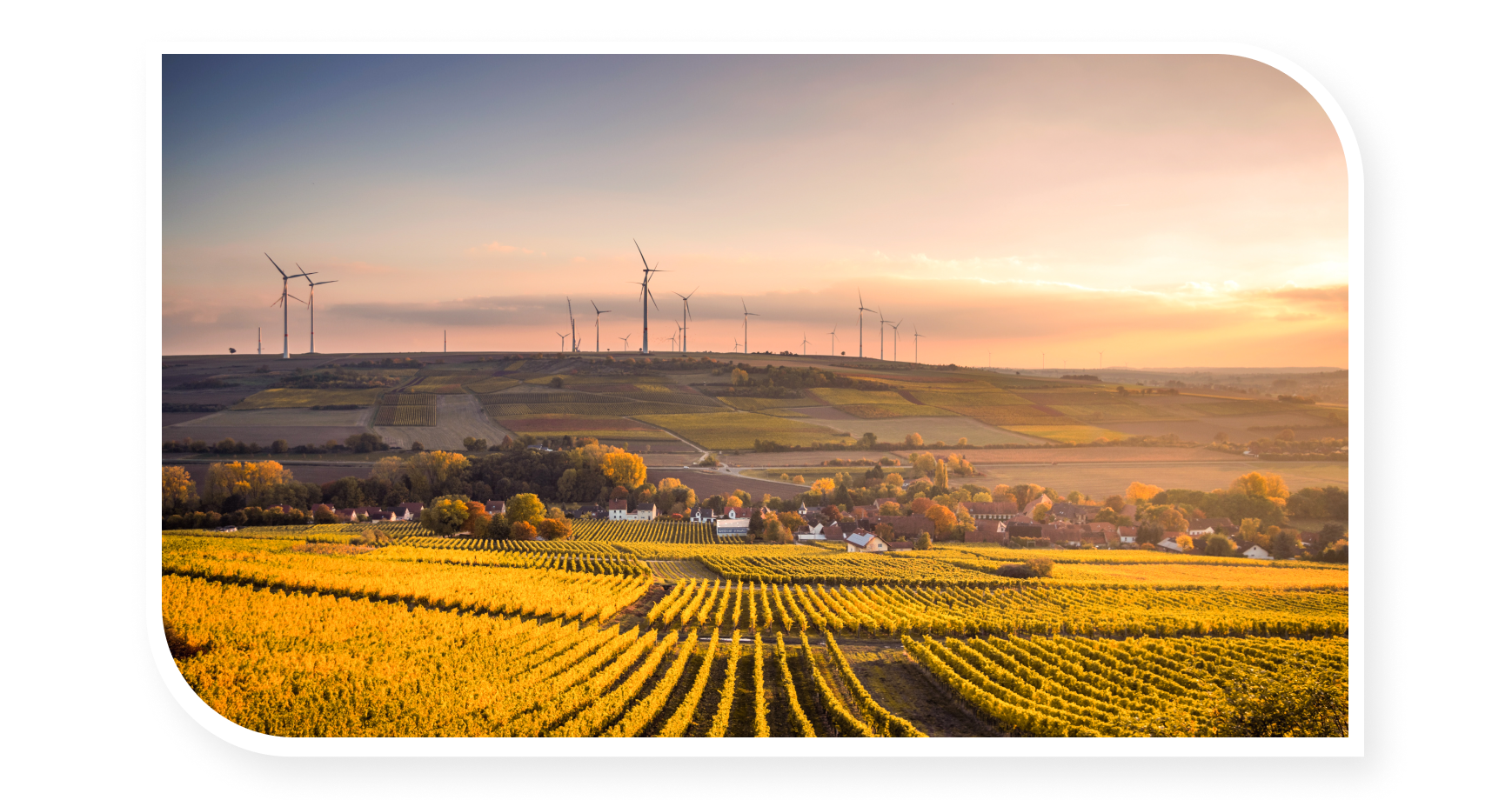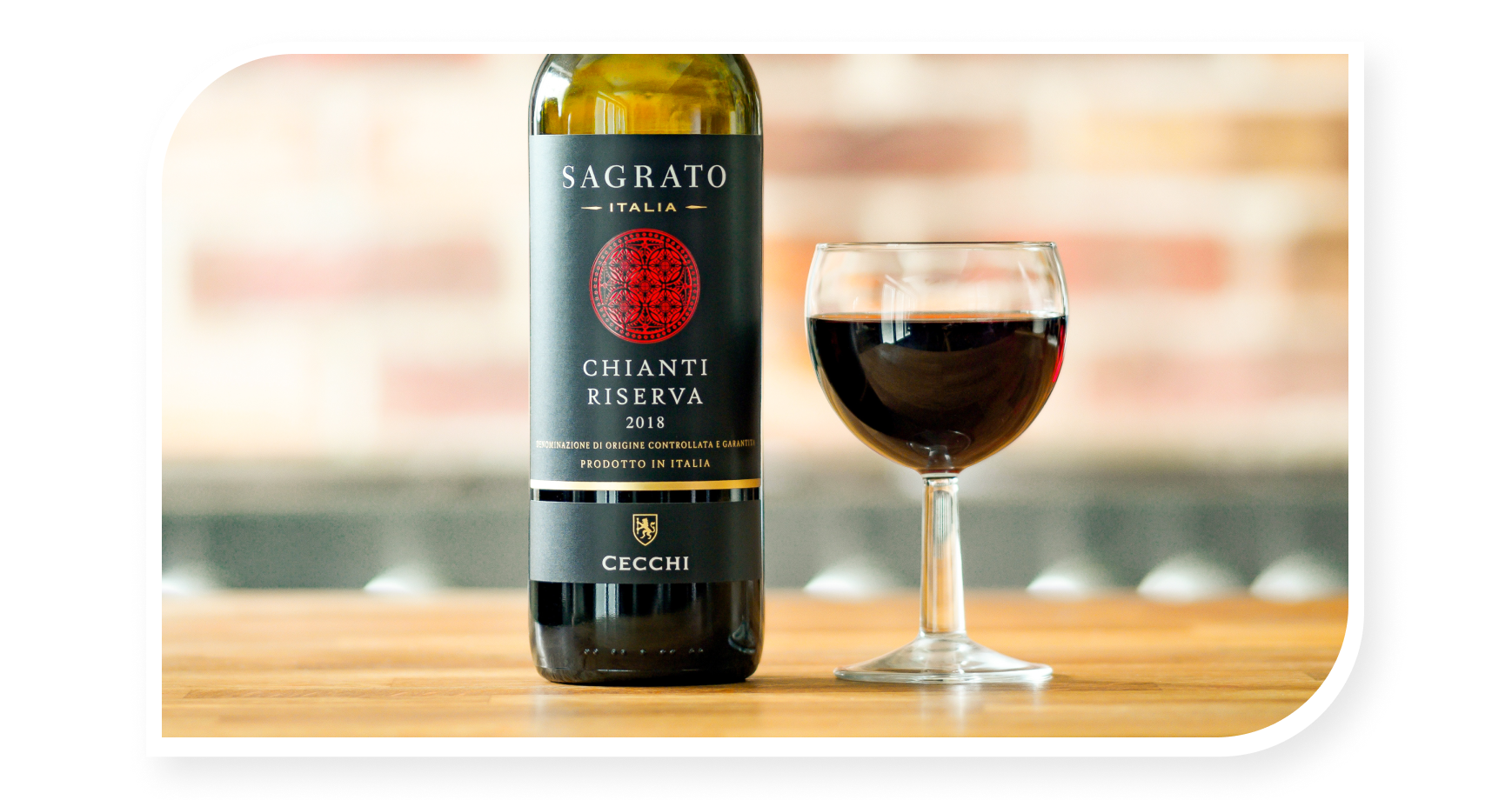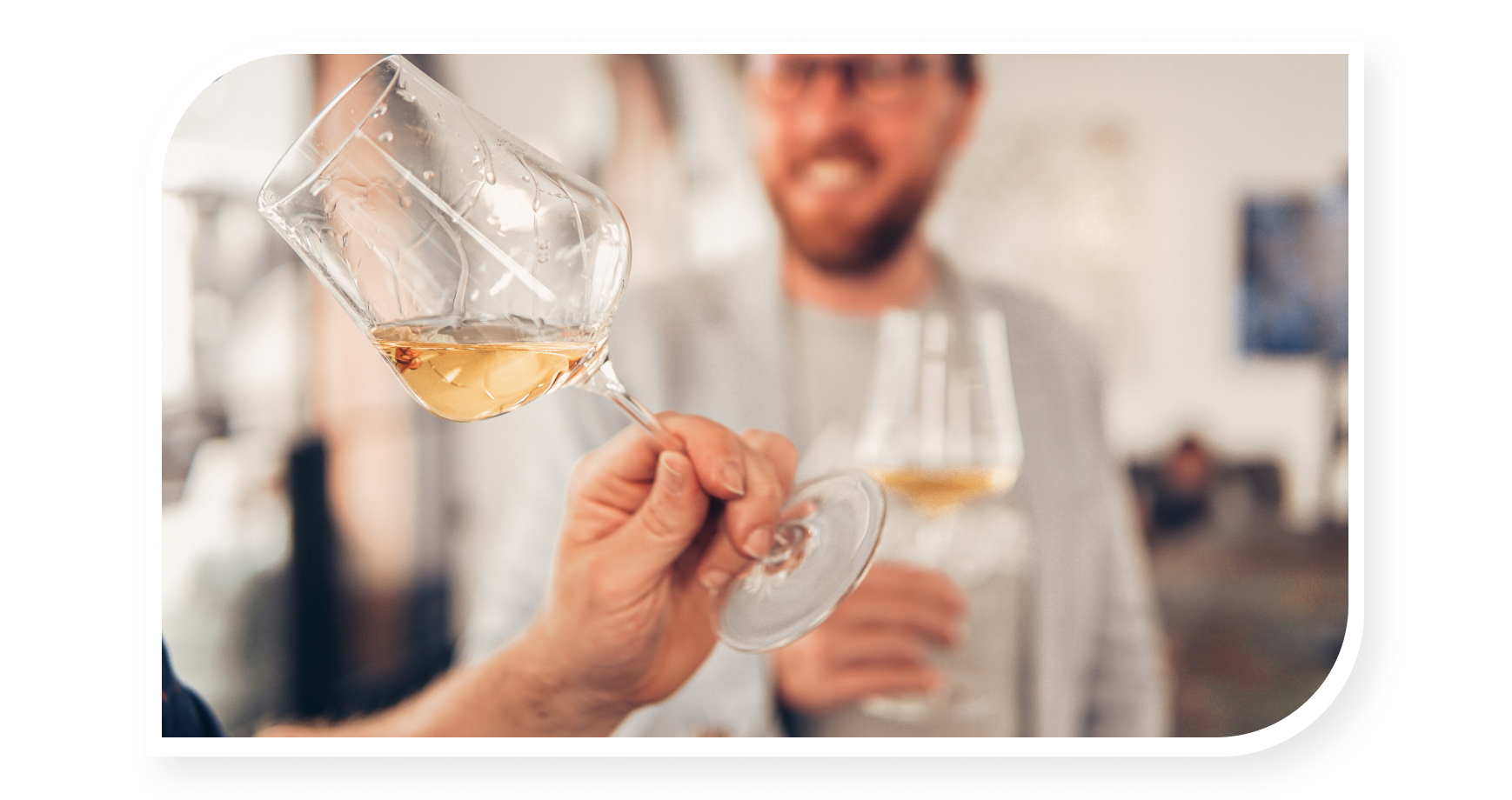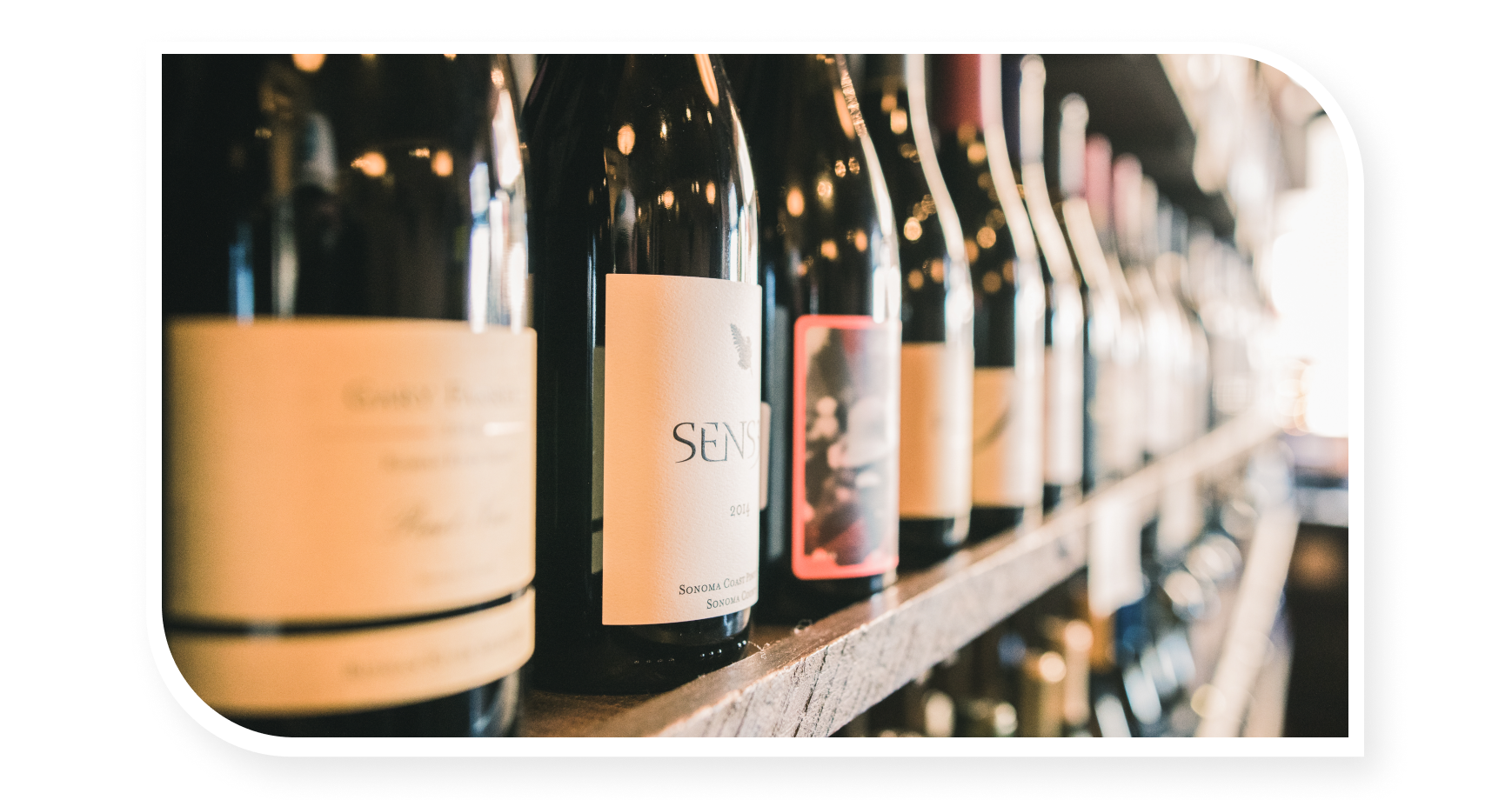A Brief Guide to Italian Wine Varietals
Home to Some of the Best Wines
Food-Friendly Chianti
In addition, Chianti wines are some of the most food-friendly wines in the world. You can pair them well with various foods, such as a plate of Tuscan pecorino cheese or charcuterie, such as Salame Toscano. In addition, you will see that they are an excellent companion for Italian pasta and red meat dishes. A glass of well-structured Chianti perfectly complements a tender Bistecca Alla Fiorentina, Tuscany’s world-famous steak. Enjoy a famous dinner over a combination of these top gourmet inventions.
Syrah as the Autumn Match

Wines of Great Value
Montepulciano d’Abruzzo is one of the most popular red wines in Italy. Italians produce it from the Montepulciano grape, native to the region. Don’t miss the opportunity to try these wines, famous for their deep ruby color and woody aroma, with exciting notes of cherries and vanilla. Montepulciano d’Abruzzo will leave your palate clean and dry as the wine with strong character and yet softer tannins. For this reason, you can confidentially pair it with grilled meats, pasta with tomato sauce, or even chocolate desserts. Remember that the colder season is perfect for trying some mouth-watering combinations!

Italian Reds are for Everyone
Some of the most interesting wines are from Sicily. The island’s unique volcanic soils contribute to high-quality wines. As you sip them, you will surprisingly distinguish an extraordinary complexity, notable minerality, and pleasant acidity. Our particular suggestion is Nero D’Avola, a grape variety native to the island. An exciting aroma bouquet in your glass will include black cherry, plum, chocolate, and spice notes. The grape is known for its deep color and rich flavor, making it a popular choice for wines meant to be enjoyed with food. Pair it with various dishes, including red meat, pasta, and pizza, and enjoy an exceptionally cozy evening.
How to Go Through a Little Wine-Tasting
Let’s go through a little wine-tasting experience:
- Take your glass and look at it closely. We should first check the clarity and brightness. Next, observe if it has any sediments. A good wine should not be cloudy.
- Hold your glass at a 30-degree angle to appreciate the shade of the wine. Is it purple, ruby, or brick red? For example, Sangiovese-based blends are typically profoundly colored, with shades of ruby. The color can give you a hint about the age and complexity of the wine. Naturally, young wines tend to have shades close to the cherry color, while aged ones turn into brick red or even brown. In addition, pay attention to the difference in color between the edges and the core. It tends to be darker and more concentrated in the center.
- Slightly swirl your glass to observe the “legs” or “tears,” the route that the wine leaves on the walls of the glass. Called viscosity in the professional wine world, it can tell you something about the alcohol level and sweetness of the wine. Usually, the higher viscosity means a higher alcohol content in wine and a higher residual sugar level.
- Now swirl your glass again, this time a bit faster, to catch the complex aromas. This introduces more oxygen and allows the flavors and aromas of the wine to open. As a result, you can distinguish such typical flavors of reds as cherry, strawberry, plum, earth, tobacco, and spice.
- Sip some wine to acclimate your palate. Lightly swish it in your mouth before swallowing. Use your taste buds to detect sweet, sour, salty, and bitter. Good quality wines should have a balance between those four essential flavor components. And by contrast, poor-quality wines tend to be too sugary, astringent, hot (alcoholic), or flabby (lack of acidity). A harmonious wine has all of its four primary flavors well integrated. So, concentrate on how wine is perceived by different parts of your tongue when swallowing. For example, tannins (bitterness) are mainly detected on the gums, while the sides of your tongue detect acidity. Salty flavors are also perceived on the sides, but closer to the tongue’s tip, while sweetness is felt on the tip.
- Now pause to savor the aftertaste. A warm long-lasting aftertaste is one of the detectors of good-quality reds.
- For an even more exciting experience, try some blends with excellent aging capacity. It’s a great opportunity to see how a well-structured wine like Brunello di Montalcino or Vino Nobile di Montepulciano develops more depth and complexity through the years.
Start Your Wine Collection
Barolo is undoubtedly the most interesting of the bunch. Locals use Nebbiolo grapes for the production of this wine. The vines grow on the rocky, clay soil of the region’s hillsides. The climate here is cooler than in other parts of Italy, contributing to the acidity of the Nebbiolo grapes. The resulting wines are some of the most age-worthy in Italy. Take your time to appreciate their complex aromas and flavors, including roses, tar, and truffles. They perfectly pair with famous regional dishes such as Brasato al Barolo, a slow-cooking beef, Castelmagno cheese, and Bra Sausage.













